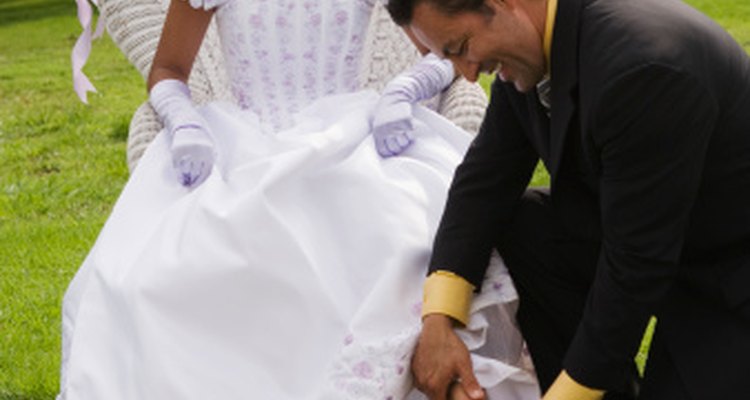
A quinceanera is an important event in the life of a Latina girl. It is a celebration of her 15th birthday and symbolizes her maturing from a child to an adult. The ceremony is largely religion-based, but also stresses the importance of family values. It is a time for honoring maturity and growth, and the guest of honor usually participates in a number of symbolic rituals during the party.
Church Service
The quinceanera actually begins the day before the girl's 15th birthday, when she is serenaded by a mariachi band outside her home. The party itself takes place on her birthday or on the nearest Saturday. The celebration starts with a traditional church service, at which Scripture or poetry is read. There is no set program, so specifics are usually discussed with the priest ahead of time. The religious ceremony is followed by a large party and feast, which includes its own special traditions and rituals, each of which may be done at any point during the event.
Father-Daughter Dance
Similar to the first dance at a wedding reception, the first dance of the party goes to the birthday girl’s father. Traditionally, it is a waltz-type dance that is choreographed ahead of time, but modern parties may stray from this and use more contemporary music and dance styles. This is meant to symbolize the young woman’s growing independence. After the music ends, the father-daughter dance is usually followed by a group dance with the honoree's court and friends.
Crowning Ceremony
The crowning ceremony is another celebration of the birthday girl’s growth and maturity. During the party, the girl receives her crown and scepter, both of which are usually presented by the parents or godparents. The crown symbolizes that she is a princess in the eyes of God, and queen for the day. The scepter is a symbol of authority and represents her growing responsibilities in the present and those she will have in the future. The crown is in place of the more traditional headpiece, or tocado, that is worn during the church service.
Shoe Changing
The shoe changing is present at almost all quinceaneras, and traditionally includes an uncle or close male family member. During the church service and beginning of the feast, the quinceanera is outfitted with a pair of simple, flat shoes. These are traditionally the type worn by children. During the shoe-changing ceremony, these are replaced by more adult, high-heeled shoes. This is another symbol of her growing up and of the family embracing this change. Some modern girls have opted to wear sneakers in place of simple slippers.
Quniceanera Doll
The quinceanera doll is another common tradition, and requires an elaborate doll, usually one that resembles the birthday girl. The doll is presented to the girl and represents the last gift she will receive as a child. It is often given by parents, and is in turn presented by the birthday girl to a younger sibling or cousin. In some Latin American cultures, the doll will be filled or decorated with ribbons, often with the name of the honoree. These are given to guests as a keepsake after the party, presented with a personal thank-you from the birthday girl. Instead of selecting a younger recipient, some modern quincenearas will toss the doll into a group of younger girls, and it becomes the property of whoever catches it.
Related Articles
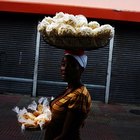
What Are the Traditions of Dominican ...
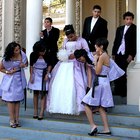
Mexican Quinceanera Traditions

The Meaning of a Flower Girl in a ...

Things to Do for a Sweet Sixteen ...

Traditional Iraqi Wedding Gifts

The Proper Attire for a Girl's First ...
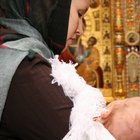
The Purpose of Christening
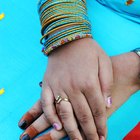
Malay Traditional Wedding Attire

Swedish Wedding Gifts

How to Use a Veil & Cord in a Wedding

Romanian Orthodox Wedding Traditions

Traditional Duties of a Maid of Honor ...

Traditional Korean Wedding Gifts
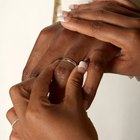
Traditional African Wedding Attire
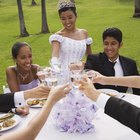
Quinceanera and Chambelan Outfit Ideas

Etiquette on the Costs of a Greek ...

What Is the Godparents' Responsibility ...

Mexican Catholic Wedding Traditions

Hispanic Clothing History

How to Dress for a Bris Ceremony
References
Resources
Writer Bio
Sara John is a professional writer and copy editor living in Des Moines, IA. She has worked professionally for seven years, and written articles for the Long Beach Press-Telegram, as well as other local publications. She is a graduate of Grand View University and holds a B.A. in journalism.
Photo Credits
Jupiterimages/Brand X Pictures/Getty Images